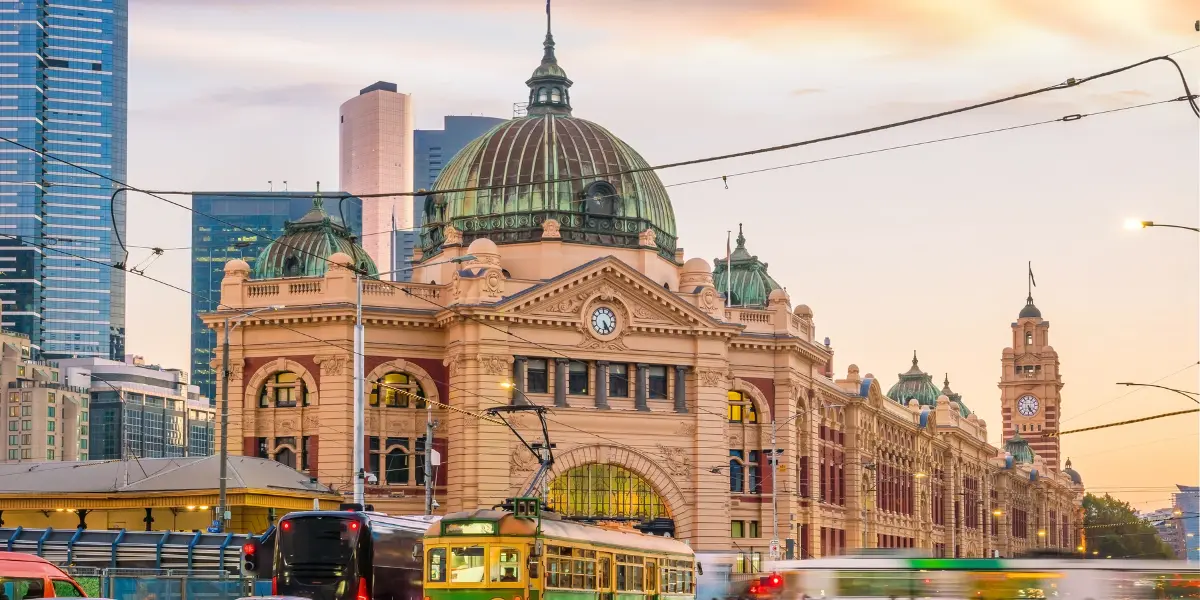D3 Built's Ban on Engineered Stone: A Stand for Safety
D3 Built takes a stand for safety in Melbourne with a ban on engineered stone. Prioritising health over profit, we ensure well-being in every operation.
Custom Home Builders Based In Melbourne
You can listen to this blog here:
Town planning is a crucial aspect of shaping the future of Victoria, and it plays a pivotal role in addressing the ongoing Melbourne housing crisis. Essentially, town planning involves systematically regulating land use, infrastructure, and development within a given area.
D3 Built's building services are here to help turn these town planning strategies into high-quality, sustainable structures that meet the growing demands of Melbourne's housing market.
In Victoria, this concept holds significance as it sets the foundation for sustainable growth and a high quality of life for the state's
residents. The objectives of planning in Victoria revolve around achieving orderly development, safeguarding valuable resources, and
cultivating a harmonious living environment.
With the ever-increasing challenges posed by the housing crisis in Melbourne, updated planning laws have become essential. These latest revisions aim to tackle issues related to housing affordability, urban sprawl, and social inclusivity, ultimately striving for a brighter and more equitable future for all Victorians.
Melbourne is currently grappling with a severe housing crisis driven by the confluence of rapid population growth and restrictive planning policies. With an estimated need for 1.3 million new homes over the next three decades, the city is facing an uphill battle to accommodate its burgeoning population.
While these planning restrictions were initially put in place to preserve the city's character and liveability, they have inadvertently contributed to skyrocketing housing costs, leaving many Melburnians struggling to find affordable homes. Moreover, the focus on prioritising the needs of current residents over future ones has exacerbated the problem, creating a challenging environment for those looking to enter the property market.
As Melbourne continues to grapple with this housing shortage, finding sustainable solutions that balance growth and affordability remains a pressing concern for policymakers and residents alike.
Innovative solutions are emerging to address the ever-growing housing demand in urban areas. One promising trend is the shift towards build-to-rent (BTR) developments and co-living spaces. These projects offer unique housing models that cater to the changing needs and preferences of urban dwellers.
However, the success and expansion of such ventures heavily depend on investor funding, as the initial capital required can be substantial. With the expected increase in migration to urban centres, these investments hold significant potential for long-term returns. Additionally, some governments offer tax incentives to encourage BTR projects, recognising their contribution to housing stability.

Nevertheless, challenges persist, primarily in the form of land use conditions imposed by local councils, which can often hinder the
development of BTR and co-living projects. Balancing regulatory requirements with the need for innovative housing solutions remains a
crucial aspect of addressing the housing demand effectively.
Preserving our cultural heritage is of paramount importance, as it connects us to our roots and defines our identity. Heritage protections play a vital role in safeguarding the historical and architectural treasures that tell the story of our past.
However, as our cities continue to grow and evolve, we face the pressing challenge of balancing heritage protections and the urgent need for housing development. The conflict between these two objectives often leaves us at an impasse, where preserving the old competes with the demand for the new.
To overcome this hurdle, it is imperative to implement planning controls that encourage development in proximity to transportation hubs, reducing urban sprawl and its impact on heritage sites. Additionally, we must consider specific provisions for Build-to-Rent (BTR) housing models and prioritise sustainability measures to ensure that housing development can coexist harmoniously with heritage protections, creating vibrant, thriving communities for the future.
The Victorian Government's Housing Statement recently announced its ambitious vision for the future, aiming to construct a staggering 800,000 homes within the next decade. Central to this plan are key proposals that promise to transform the state's housing landscape. The government intends to expand the Development Facilitation Program, streamlining the development process for new housing projects and townhouse developments.
Additionally, they seek to simplify planning processes and bolster housing in activity centres, promoting efficient land use. In a bid to enhance planning certainty, the government is committed to reforming red tape, updating the Plan Melbourne strategy, and overhauling the Planning and Environment Act 1987. Notably, the statement also highlights efforts to repurpose under-used commercial buildings into residential spaces through new planning amendments.
These reforms not only align with national housing goals but also signify a significant moment in Victoria's planning history, signalling the state's dedication to addressing the pressing housing needs of its residents.
As Victoria's town planning continues to evolve to address these pressing issues, it's crucial for residents and investors alike to stay informed and engaged in the process. Build-to-rent initiatives are emerging as a promising avenue to alleviate housing demand, and D3 Built can provide valuable insights into these investment opportunities.
If you're interested in learning more about how you can be a part of the solution and explore build-to-rent initiatives as investment opportunities in Melbourne, don't hesitate to get in touch with D3 Built today. Together, we can contribute to a brighter and more equitable future for all Victorians.